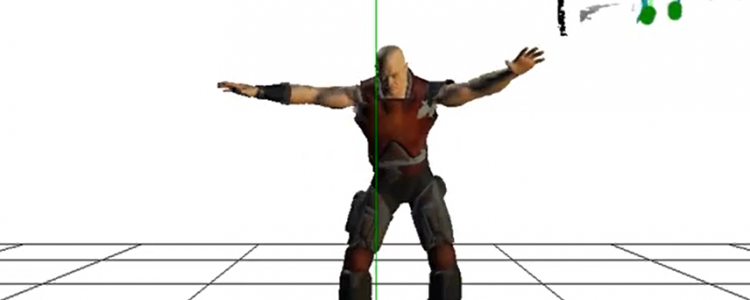
Ray Tracing with POV-Ray
Been experimenting with the Persistence Of Vision Ray tracer and have rendered a few images and…


Been experimenting with the Persistence Of Vision Ray tracer and have rendered a few images and…

Avateering with custom characters using Microsoft’s solutions proved to be pretty difficult. That’s why I decided…

An unofficial XNA Game Studio adaptation allows for XNA programs to execute on Windows 10. The…